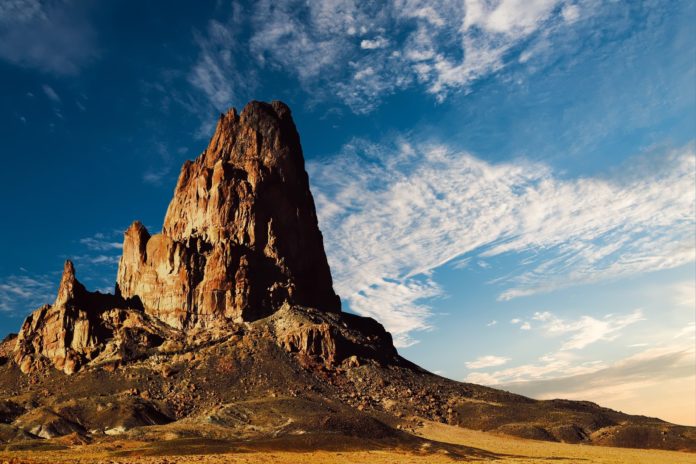The physical location of rock art may not be the sole determinant of the hidden nature of rock art. It may contain secret information and may communicate general public information.
Flinders University’s Professor Claire Smith, an archaeologist, has worked with Australian Indigenous communities and studied rock art since 1990.
“Rock art cannot be successfully understood through a European perspective,” says Professor Smith. “We should focus on rock art sites as they function within a wider cultural landscape, not just the sites themselves.
Professor Smith is part of an international research team challenging the use of the word “hidden” to explain and identify rock art.
“Therefore, physical location alone does not determine whether the meaning for a rock art image is hidden,” says Professor Smith. “You might see the image but you can’t see that meaning, the full meaning remains hidden.”

The research challenges the notion that visually dominating images in an open part of a site will communicate solely public information. Such images may contain secret and public information or be subject to gender restrictions on viewing.
The prime example cited in the research is at Doria Gudaluk (Beswick Creek Cave) in the Barunga region of the Northern Territory. While this site appears to be hidden within the landscape, it is an open-access site, although it can be closed for specific ceremonies.
“These forms of controlled access are archaeologically invisible, so our research calls into question a number of assumptions that are core to contemporary archaeological method and theory regarding Indigenous rock art,” says Professor Smith.
“We do not support the notion that a secluded location, or one that is difficult to access, is needed to restrict access to a site. Site access is controlled by a plethora of cultural rules.”
“A painting can be open for anyone to see but still have a secret meaning. You got to be taught by the right custodian,” says traditional owner Esther Bulumbara. “They decide who can know. There are rules about where people can go. The Junggayi is like a policeman. They got to take people to look at country. Otherwise, people might go to the wrong place.”
Rock art features that European archaeologists seem to identify as important in selecting sites, such as visibility and size, do not seem to be critical for Aboriginal people in the Barunga region.
“We can’t simply take a western mindset and apply it to our interpretations of the past,” says Professor Smith.
Journal Reference
- Domingo, I., Smith, C., Jackson, G. et al. Hidden Sites, Hidden Images, Hidden Meanings: Does the Location and Visibility of Motifsand Sites Correlate to Restricted or Open Access?. J Archaeol Method Theory 27, 699–722 (2020). DOI: 10.1007/s10816-020-09465-8
